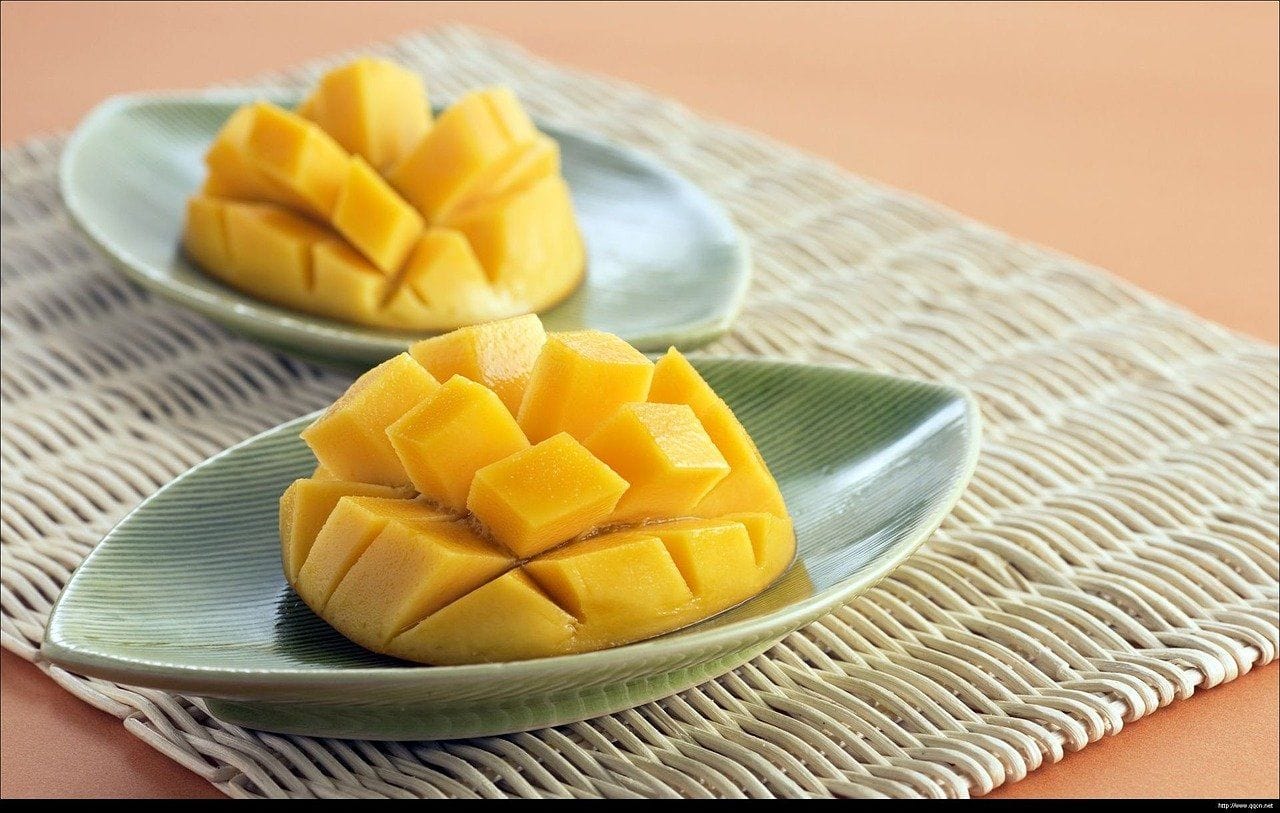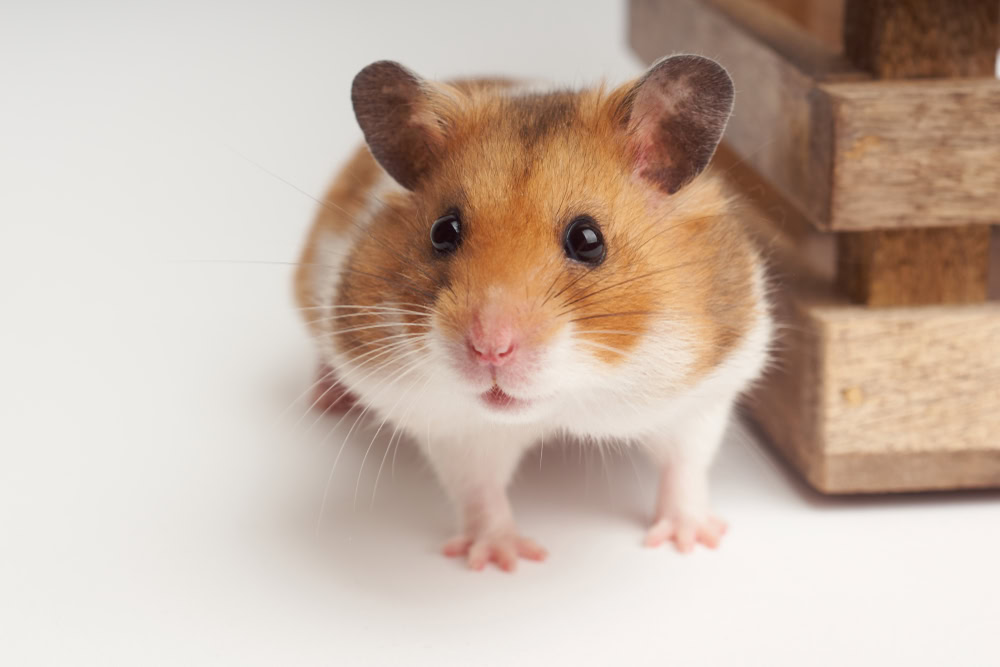Click to Skip Ahead
Hamsters are fun and entertaining little pets that are relatively easy to take care of once you have the right diet and enclosure. They are curious critters who can enjoy human handling if the handling starts while they are still babies. They like to burrow, climb, and play. As omnivores, hamsters enjoy eating a wide variety of foods, including grains, seeds, insects, grasses, vegetables, and fruits.
Apples are commonly given as a treat to hamsters, but what about exotic fruits like mangoes? Hamsters can have a small piece of mango as an occasional treat. However, there are several things to consider before you offer your hamster mango, including the benefits, risks, and appropriate portion sizes. Here’s what you need to know about feeding mango to your hamster.

Benefits of Mangoes for Hamsters
Mangoes contain nutrients that can be beneficial to humans and hamsters. They are high in vitamin C, which helps support the immune system. Although hamsters can make their own vitamin C, mangoes can give them a little boost of this important vitamin.
Mangoes are rich in vitamin A, which is essential for maintaining vision and healthy skin and fur. They also contain several antioxidants.
However, it’s important to remember that fruit treats like mango shouldn’t make up more than about 5% of your hamster’s overall diet. So, although a small piece of fruit can be a healthy addition, the majority of their diet should consist of commercially balanced pellets that contain all the essential nutrients your hamster needs (avoid muesli-type mixes where they can just pick out the bits they like!). Variety can be enhanced with small amounts of leafy greens and fresh vegetables, and hamsters enjoy burrowing in and munching on fresh hay.

Dangers to Be Aware Of
While a small piece of mango has a few potential benefits for your hamster, there are a few things you want to be aware of before cutting them a slice.
- Upsetting their digestive system. Upsetting their digestive system. The high water content in mangoes can cause diarrhea, which can quickly become dangerous in these small animals. If your hamster develops diarrhea, you should seek veterinary care as soon as possible.
- High sugar content. High sugar content. Mango is a high-sugar fruit, which is why it is not always considered the best fruit for your hamster. Excess sugar can lead to obesity and other health issues, like dental disease. Dried mango contains even more sugar per serving, so it is not a good substitute.
- Hoarding. Hamsters love to hoard their food; they pack extra food into their cheek pouches and hide it around their cage. Mango is a soft fruit with a high water content that can easily spoil and become moldy if left in the cage.

How to Safely Feed Mango to Your Hamster
If you decide to offer your hamster some mango, there are some factors to consider to reduce potential risks.
- Portion size. The key is moderation. A small piece about the size of your pinky fingernail (no more than 1 cm cubed) is more than enough. Mango should be offered no more than once every week or two as a treat and shouldn’t be considered a diet staple.
- Peel and remove the pit. Mango skin is tough and hard to digest and may contain pesticides or chemicals. The pit is hard and inedible.
- Feed it to them in a separate dish. The best way to serve your hamster mango is on a separate plate. It might be tempting to put a few pieces of mango in their dish of regular food, but since mangoes have a lot of water, this could increase the risk of the rest of the food getting moldy. Remove any uneaten mango as soon as possible.
- Monitor after feeding. After offering new foods like mango, keep an eye on your hamster. If they develop any signs of digestive issues, like diarrhea, or are lethargic, consult your vet.

In Conclusion
There are a few benefits to feeding your hamster mango, at least occasionally. However, the high sugar content and risk of diarrhea means that it must only be offered as an occasional treat.
Always monitor your hamster carefully after offering any new food, such as mango, and consult a veterinarian if you have any concerns or need advice on your hamster’s general diet.
What types of fruits have you fed your hamster so far, and how did they react? We want to hear from you! Leave us a message in our comments section.










